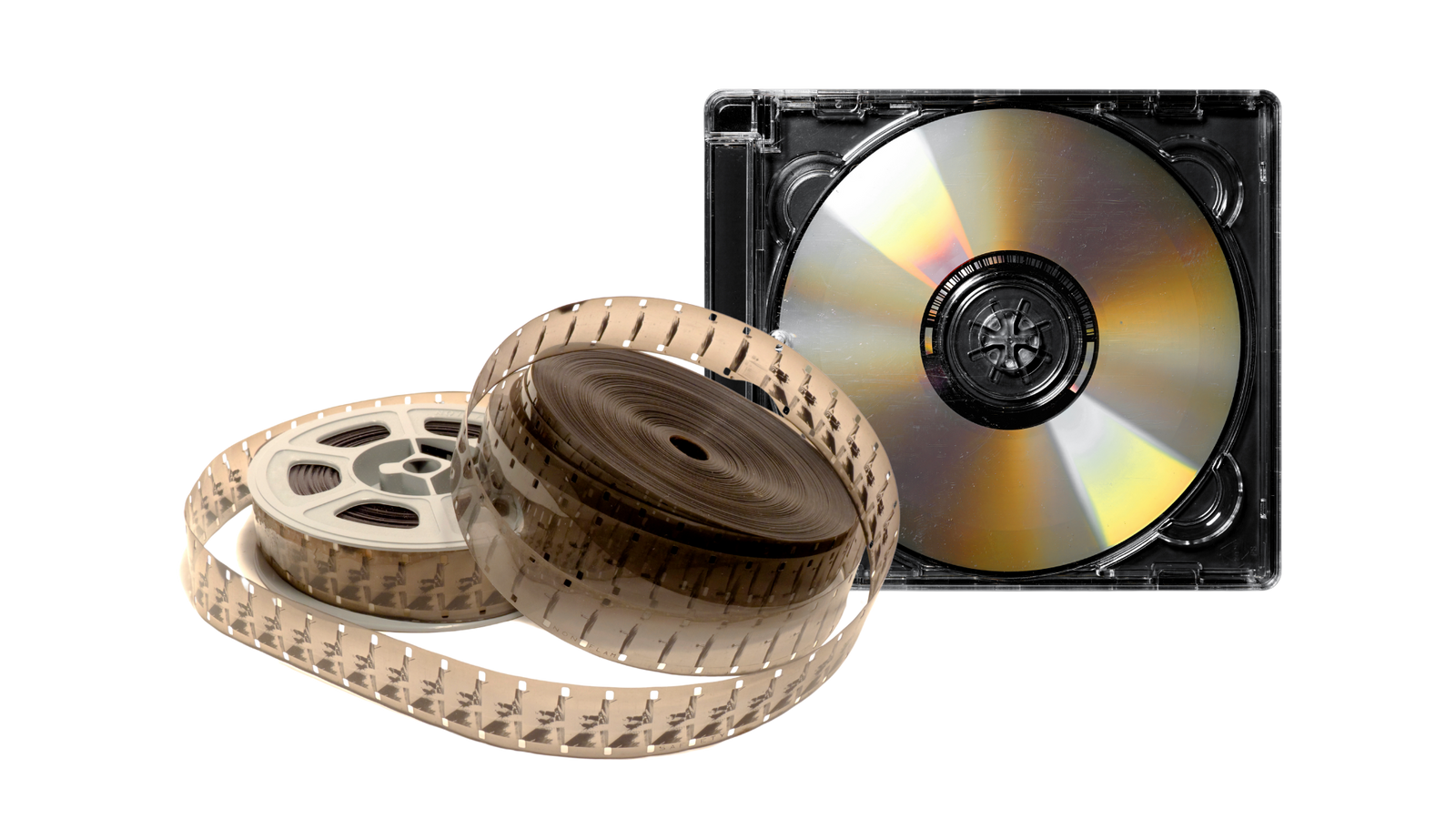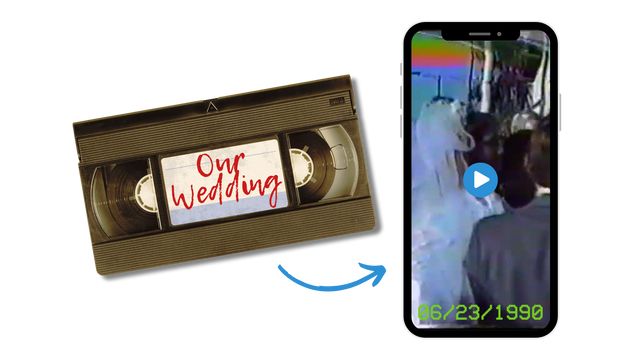If you’ve uncovered a box of old 16mm film reels in your family’s attic, you’re holding a piece of history—possibly your parents’ wedding, a grandparent’s homecoming, or long-forgotten childhood summers. For years, people turned to DVDs to rescue these memories from aging reels. But here’s the truth: DVDs are also fading into the past.
They scratch, crack, and sometimes fail to play just when you need them most. Like 16mm film, DVDs are physical media—and that means they’re vulnerable. If you want to truly preserve your family’s story, it’s time to look beyond the disc.
The Problem with DVDs as a Destination Format
When DVDs first became popular, they seemed like the ideal way to archive video. But today, most new laptops don’t even include a disc drive. And the discs themselves? They're surprisingly fragile. A little scratch, heat damage, or time left in the sun, and your video might not play at all.
So when you're ready to convert your 16mm movies to DVD, it’s important to think about what comes next. A DVD may be a good short-term format—but a long-term solution needs to include secure cloud storage and high-quality digital files that you can access anywhere.
Heirloom’s film transfer service will transfer your digital video files to a USB flash drive, but always prioritizes secure access in the cloud. That means your memories live where they're safe, backed up, and ready to share.
What 16mm Film Conversion Actually Involves
The process begins with cleaning and inspecting the reels. Any signs of vinegar syndrome—a chemical breakdown common in old film—need to be addressed right away. From there, each reel is scanned frame-by-frame, color-corrected, and converted to high-resolution digital video.

What About 16mm Film Developing?
If you’ve discovered blank 16mm reels marked “exposed” or “undeveloped,” they’ll need to go through a specialized 16mm film developing process before anything can be digitized. This is rare, but possible.
However, most families are working with reels that were developed decades ago. These can be scanned and converted immediately. If your reels have a strong vinegar smell or appear warped, we recommend you read our guide on vinegar syndrome before handling them.
DVD, USB, or Cloud—What’s the Best Format?
DVDs are familiar but easily damaged.
USB drives are portable but often misplaced.
Cloud access offers the safest long-term protection.
America’s best film reel conversion service makes sure you'll never lose your memories—even if you lose the disc, the drive, or the box under your bed. Heirloom is the leader in preserving content directly to the secure cloud.

FAQs About 16mm Film to DVD Conversion
Is DVD still a good option for my 16mm film?
No. DVDs are outdated, and an unsafe place to store your priceless memories. Read our blog on the history of video.
What lasts longer—DVD or digital?
Digital. DVDs degrade, especially when stored improperly. Digital files in the cloud are backed up, searchable, and accessible anywhere.
How do I know if my 16mm film is still good?
If it smells like vinegar or feels brittle, it's beginning to degrade. Handle carefully and learn more here before converting.
How much does 16mm film transfer cost?
It depends on the number of reels. At Heirloom, you only pay for playable reels—and we provide credit for blanks. Explore our pricing.
📧 Want more tips like this?
Subscribe to Heirloom emails to learn how to preserve your priceless memories. Get discount codes for expedited shipping, quality digitizing, and secure cloud storage. We never spam, and it’s easy to unsubscribe at any time.


